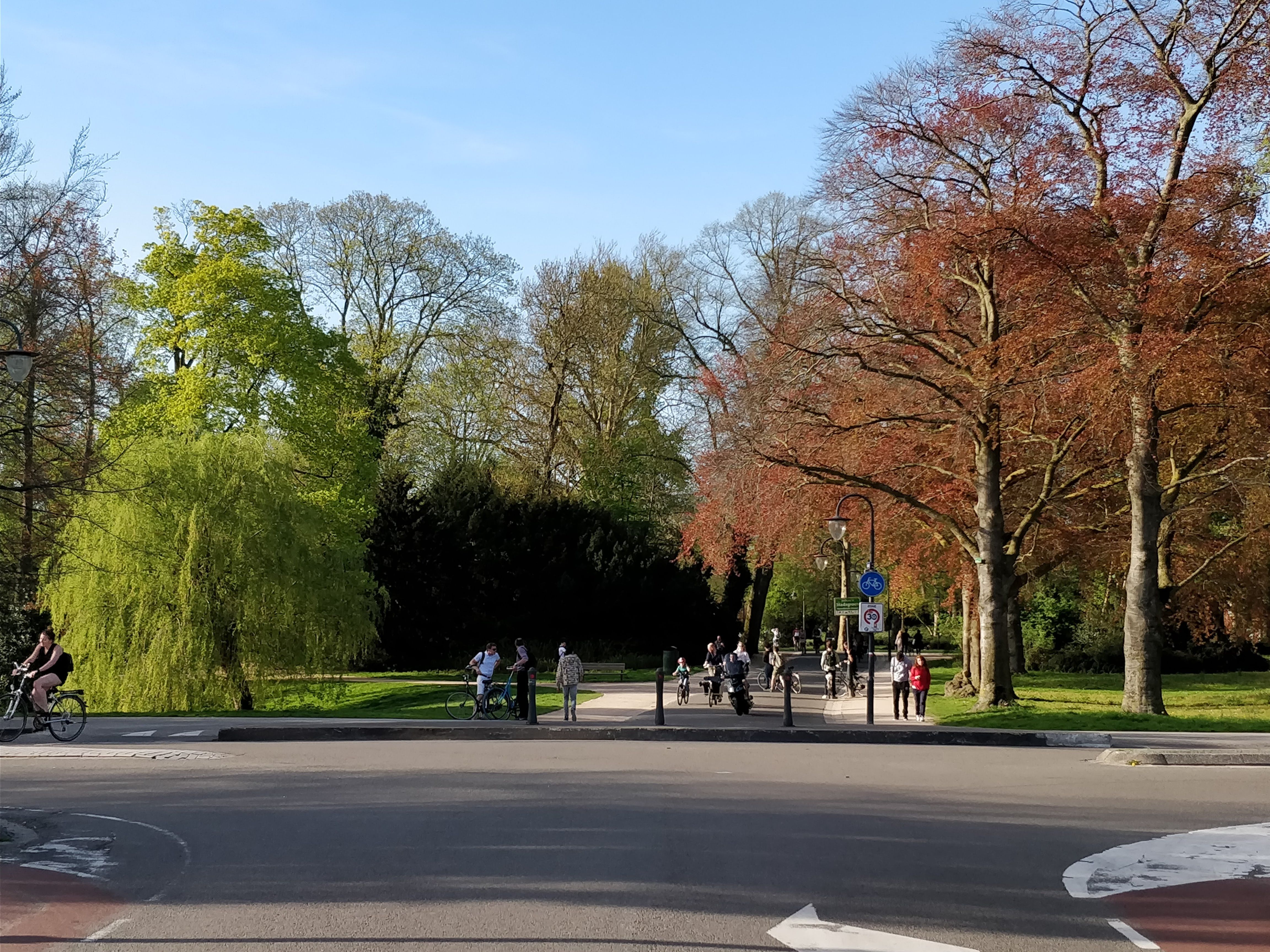Everyday places of belonging

“Did you see my neighbour? He is always sitting in front of this door. He is so nice, because he always asks me how I feel and if I need something (…) my mother doesn’t speak English or Dutch, but he always greets her or waves at her. I like that, that is very good!” (Aziz, 25)
The quote above is from a research project within the Urban and Regional Studies Institute on homemaking practices by Syrian male refugees in the Northern Netherlands. Aziz, after he was granted refugee status, was allocated a house in the city of Groningen as part of the refugee dispersal policy of the Dutch government. He had never heard of Groningen before moving there, and at first it was difficult for him to find his way. However, things started to get better as he developed more social contact with people in his neighbourhood. The daily small talk with his neighbour plays an important role. This seemingly mundane activity gives him the feeling that he is part of his neighbours’ lives, and therefore that he belongs within a neighbourhood community.
(Non-)Encounters in public space
The quote underlines the importance of public space, as it gives opportunities for encounters with other people. Many of our respondents mention that social contact and interaction with local residents takes place here mostly, because these places are neutral and freely accessible. Important neighbourhood spaces turned out to be sidewalks, streets, squares and parks such as the Groninger Noorderplantsoen (see picture). The sharing of space contributes to feelings of belonging, and even the smallest gestures or nodding relationships can produce familiarity between existing residents and refugees. In some cases, these repeated small social exchanges developed into social relationships. The respondents’ sense of belonging is strongly related to the encounters and interaction with other people, expressing feelings of happiness and joy whenever positive encounters were experienced.
However, despite the social encounters as described by Aziz, at the same time respondents in our research regret the lack of frequent encounters in their neighbourhoods. This may be attributed to, or at least in part, the different activity patterns of local residents due to work and study, opposed to our respondents that only take Dutch classes six to eight hours a week. Due to these different daily rhythms, respondents and their peers are rarely in the same place at the same time. Consider Abdul-Halim for example:
“My neighbourhood in [name of place] is boring. There are no people on the streets during the day. I don’t speak with any Nederlanders (Dutch citizens), because they stay in their houses after 6 PM. During the day, they work. When I do see people in my neighbourhood, I only see old people. I want to speak with people who have the same age as I have. I think this is normal.” (Abdul-Halim, 28)
Refugee dispersal policy
In the context of refugee integration, it is important to recognise the impact of the Dutch dispersal policy on the way in which a neighbourhood presents opportunities for encounter. By dispersing rather than concentrating refugees, refugees are expected to initiate social interaction with existing residents and rely less on ties with family and friends. However, for our respondents, who are not allowed to work or study, their daily routines and activities contrast with the everyday lives of most other residents in their neighbourhood. This is a confronting experience as it emphasises their status as a refugee, of being different than others. Furthermore, it also reminds them of the status in the country of origin that was lost in the moment they were forced to leave their homes. Many respondents consider the neighbourhood therefore as an ambiguous space, and this interaction between refugees and place is currently underemphasised by the Dutch government. Through dispersal, spaces of encounter might become places of exclusion rather than inclusion. Information campaigns should focus more on everyday places of belonging to address integration challenges of refugees in their neighbourhood.
Rik Huizinga
Bettina van Hoven
Urban and Regional Studies Institute, Faculty of Spatial Sciences, University of Groningen
This blog post was published as a contribution to the Migrants, Asylum seekers, Refugees and Regional Economic Development Workshop during the European Week of Regions and Cities in Brussels.
Literature
Huizinga, R.P., Hoven, B. van (2018) Everyday geographies of belonging: Syrian refugee experiences in the Northern Netherlands. Geoforum, 96, 309-317.

